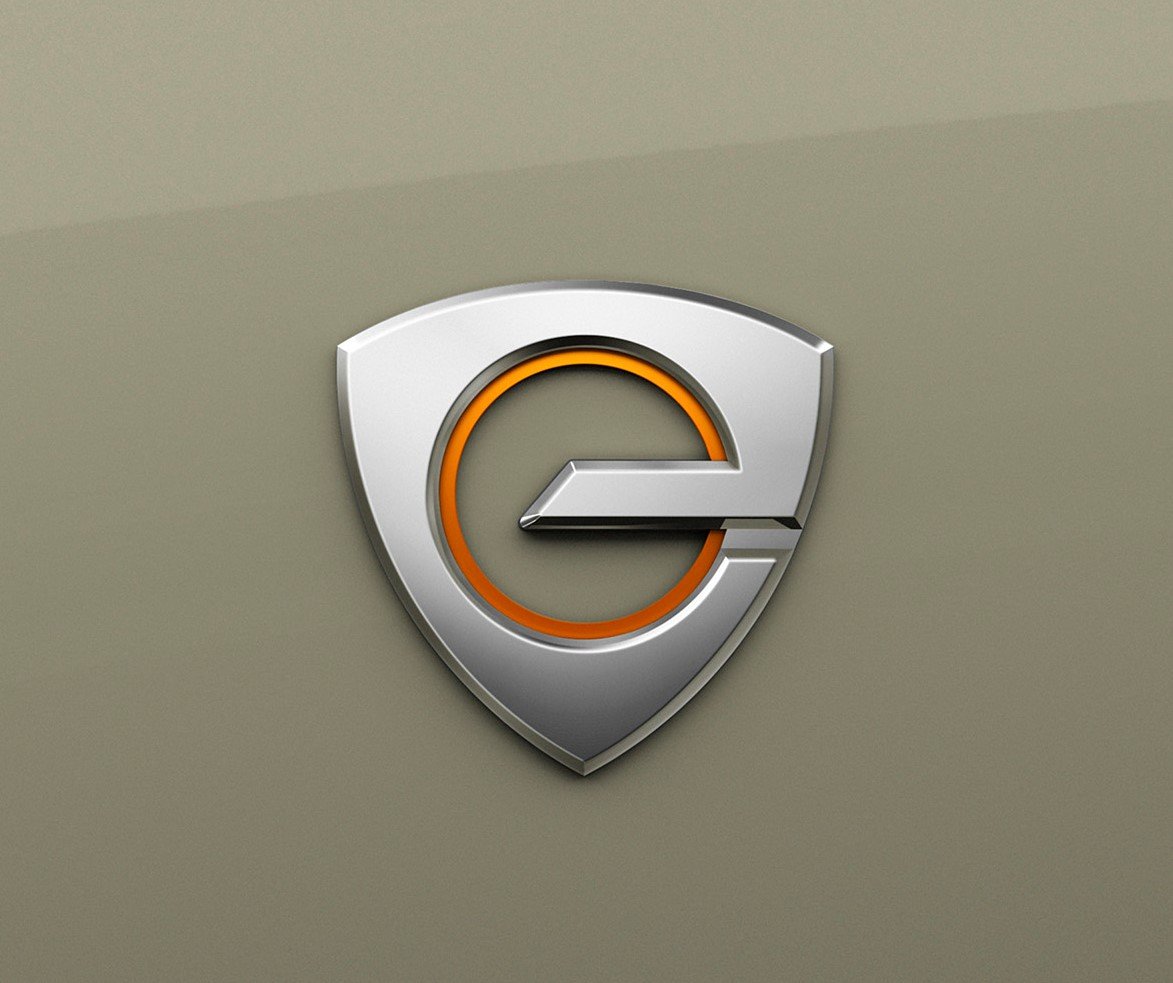Rotary involvement for electric Mazda
/A third powertrain for the MX-30 reinstates an iconic engine type. It’ll come to NZ, but when is still unknown.
NEW Zealand is in line for a range-extender plug-in powertrain that returns the iconic rotary engine to Mazda’s showroom in a recipient so far coolly received by Kiwis.
Friday night New Zealand time is when Mazda has its global reveal of the MX-30 with a mains-replenished plug-in hybrid drivetrain using a rotary engine as a generator, meaning it won’t direct drive the wheels.
This will be the third powertrain option for the city-sized hatchback with novel styling, which released here in July, 2021, as Mazda’s first full electric.
That model was subsequently followed by a petrol lookalike with a mild hybrid 2.0-litre.
The two variants are important to Hiroshima but seemingly less so to Kiwis – industry data shows they together achieved just 187 registrations in 2022, with just 31 being the wholly electric type.
The battery-dedicated price tag of $74,990 pre-rebate has opened the latter to being criticised for being more expensive than other battery electric cars that are larger and have a much better range.
Last year’s best-selling electric here, the Tesla Model Y, and the popular BYD Atto 3 include among cheaper rivals.
The latest and also price-advantaged addition to the battery brigade, the Opel Mokka-e, achieved more registrations in its first month of sale, December, than the electric MX-30 has for all of last year.
Sales results suggest the hybrid, which is considerably cheaper at up to $46,790, is also failing to win much attention.
Mazda New Zealand cannot yet say when the range extender will come, but says it being among distributors to issue a media release about the model, which employs a small rotary engine as a generator, was an intentional teaser.
The advisory included the image of the derivative’s badge – a stylised rotary in side view.
“The rotary-engine range extender version of the MX-30 is likely to be sold in NZ, but we have no information on timing,” says Maria Tsao, marketing services manager for the Auckland-based distributor.
“The European market will be one of the first to launch the car … they were also the first to launch the MX-30 EV.” However, intent is for global availability “as part of Mazda’s multi-solution approach and carbon neutrality by 2050.”
Mazda NZ says the brand is committed to improving and providing three engine types: Petrol, diesel and fully electric.
“For our internal combustion engines (ICEs) Mazda is working to create continuously more efficient engines with our Skyactiv technology,” says Tsao.
“At the same time, Mazda is adding various degrees of electrification that fits the needs and driving scenarios of each car.
“By 2030, every new model in the Mazda line-up will feature different kinds and degrees of electrification, with 75 percent of the cars sporting electrified internal combustion engines and fully electrics making up the other 25 percent.”
The PHEV drivetrain has been identified by Mazda as a ‘rotary engine reborn for the electric age’.
While the brand has yet to share how the system works, it is expected this version will operate in the same way as the now defunct BMW i3 range-extender.
That system has the car driving off its high-voltage battery – probably the same 35.5kWh unit as in the full electric - and the engine generating additional charge when required.
The impact on range has yet to be spelled out, but it would have to be beneficial.
The MX-30 EV can go just 224 kilometres on a charge, according to NZ market information, though the WLTP assessment suggests a 200km driving range.
The rotary engine’s benefit is modest size and weight. There’ll be some irony about its use for fuel efficiency, as historically Mazda rotaries were very thirsty.
Mazda has chosen to reveal the range extender at a small motor show in Brussels, Belgium.



















